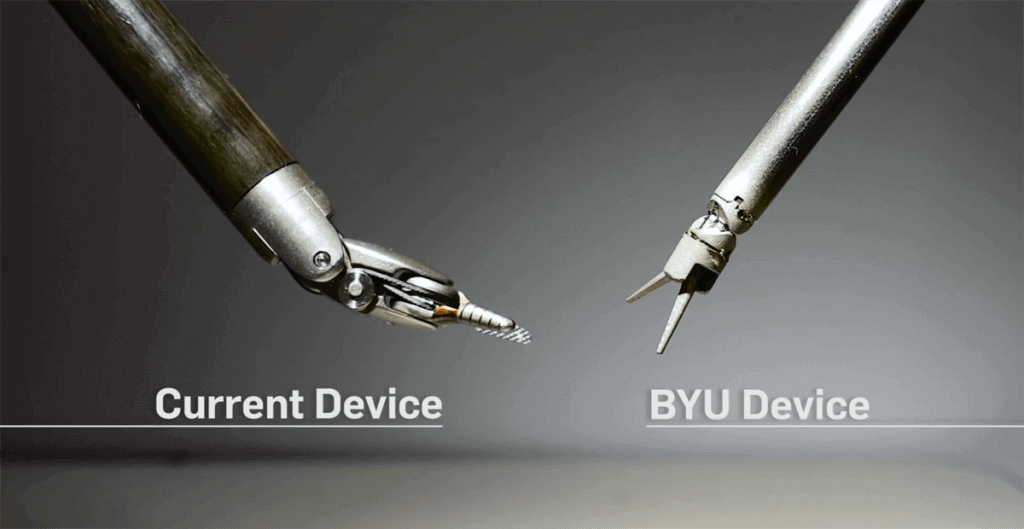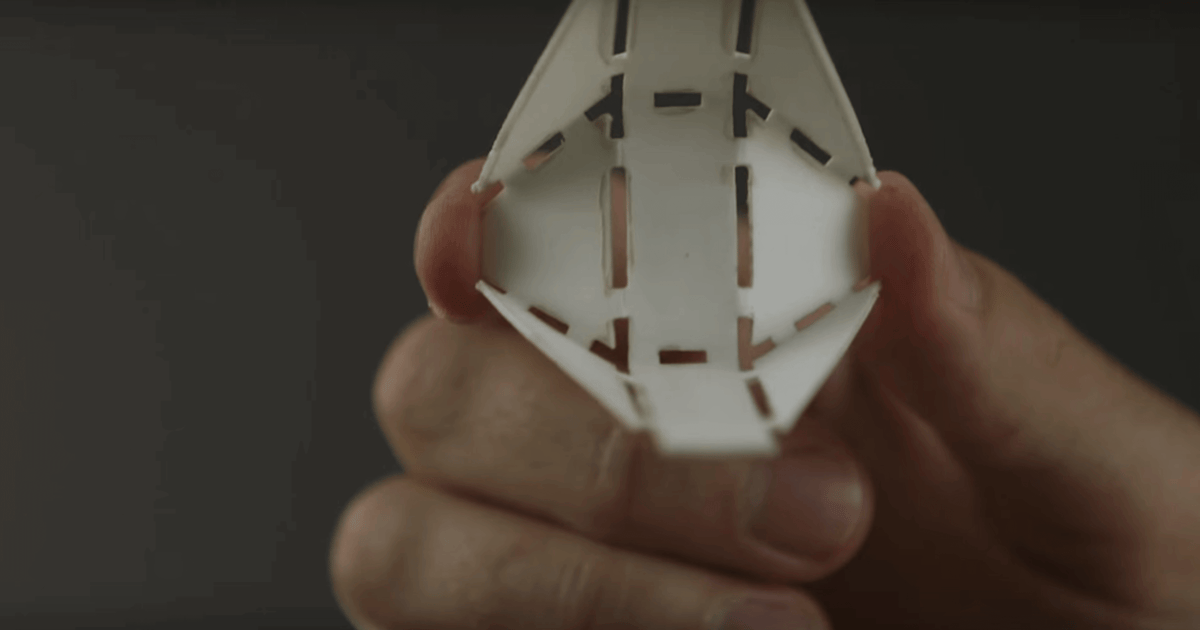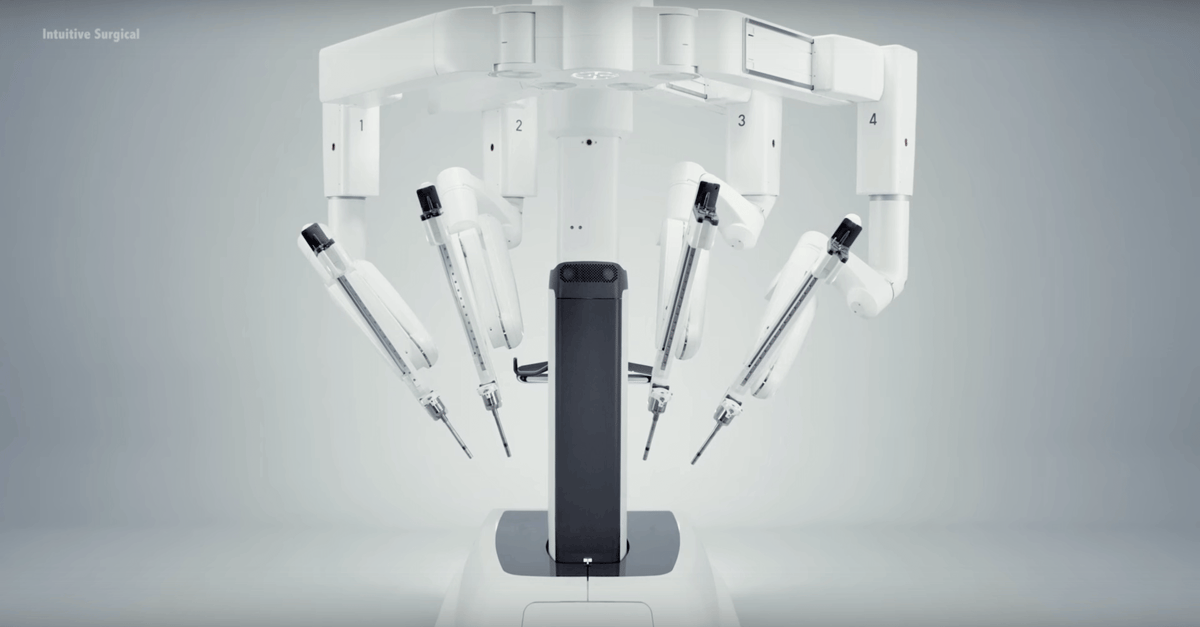Will doctors use an origami-inspired 3D printed surgical tool next time you’re on the operating table? Crane or frog?
How do you make better surgical instruments? Researchers at Brigham Young University in Utah think doctors need more precise and less invasive tools. One way to create them are 3D printed origami-inspired tools.
3d Printed Surgical Tools: Be Smooth, like Paper
3D printing allows surgical tools to be designed and produced with a high degree of precision, even at a small size. That means can be both tiny and complex. Normal tools require pin joints or multiple parts. Origami, however, moves through deflection, making origami-shaped tools much smaller than their traditional counterparts.
These tools can also be operated in smaller spaces. The future of surgical technology depends on the ability to perform surgery using incisions so small the body can heal on its own, without needing sutures. The researchers even created robotically-controlled forceps so small it can pass through a 3-millimeter hole.
“These small instruments will allow for a whole new range of surgeries to be performed—hopefully one day manipulating things as small as nerves,” says professor Spencer Magleby. “The origami-inspired ideas really help us to see how to make things smaller and smaller and to make them simpler and simpler.”
Origami-inspired Tools are Highly Adaptable

But the origami tools aren’t done, just yet. To make the smallest incision possible, some tools need to be small when entering the body, and then adapt to perform their function once inside. Larry Howell explains that they’re still working on tools “that can be inserted into a tiny incision and then deployed inside the body to carry out a specific surgical function.”
These printed tools sound mind-blowing. Unless you’re on the operating table, people don’t think about surgical technology, and just how complicated it can be. The researchers, however, explain that their process is strikingly similar to work done by NASA, who also needs to create incredibly compact equipment. Magleby says, for NASA and surgery, it’s the same principle: “We’d like something to get quite small to go through the incision, but once it’s inside, we’d like it to get much larger.”
Who knew origami could be that good for your health? Read more from BYU here, or find the whole paper here.
License: The text of "3D Printed Surgical Tool Inspired By Origami" by All3DP is licensed under a Creative Commons Attribution 4.0 International License.

